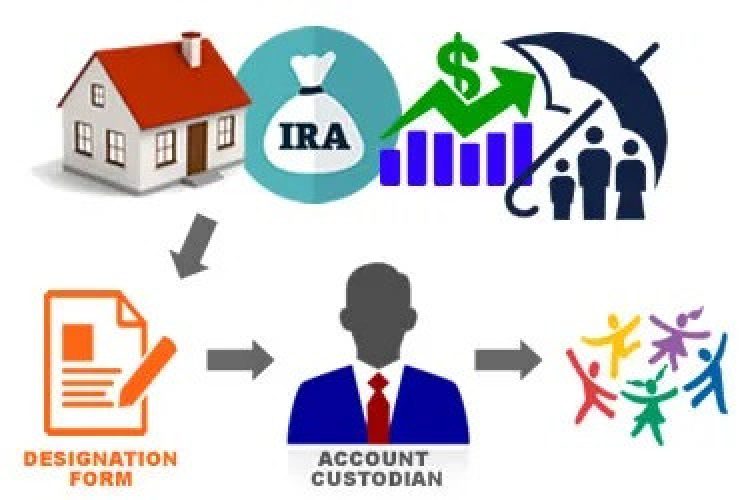
When it comes to providing for your family and supporting causes that matter to you, beneficiary designation gifts are a simple and straightforward option.
However, there are some terms that may need clarification. Here are some common concepts to consider when making a beneficiary designation.
Beneficiary designations are often used to name beneficiaries of retirement plans or life insurance policies. By filling out a form provided by your financial institution or advisor, you can name a primary beneficiary (usually a spouse) who will receive the balance of your accounts or policies if they outlive you. You can also name partial contingent beneficiaries, such as your children, grandchildren, or nonprofits, to receive shares or percentages of the account or policy if the primary beneficiary has passed away.
You may come across the terms POD and TOD. POD stands for "payable on death" and is typically used when designating a beneficiary for a checking account, savings account, or certificate of deposit. TOD, or "transfer on death," is often used when designating a beneficiary for stocks, bonds, or mutual funds.
In some states, including Missouri, you can use "beneficiary designation deeds" or "transfer on death deeds" for real estate. These deeds allow you to name a survivor beneficiary for your home, farm, or other real estate and can help your property avoid probate.

Remember, most beneficiary gifts can be changed or revoked simply by filling out a new beneficiary designation form or revocation form. So, as your life circumstances change, so can your beneficiary designations.
Beneficiary designation gifts can be a simple and effective way to provide for your loved ones, and support causes that matter to you. It's important to understand the common concepts associated with beneficiary designations. It’s also important to remember to review and update your beneficiary designations as needed to ensure that your wishes are accurately reflected in your financial and estate plans.





